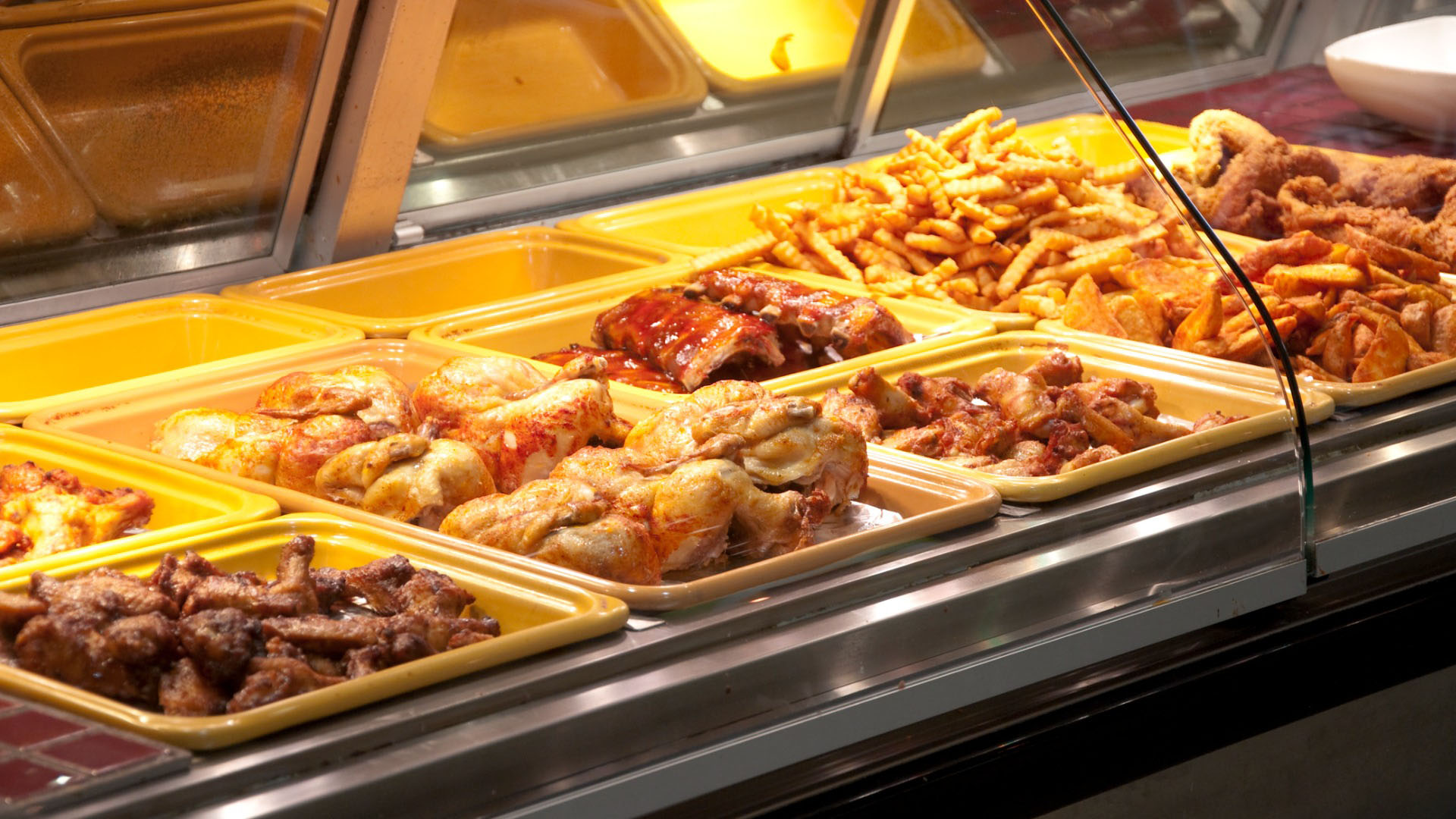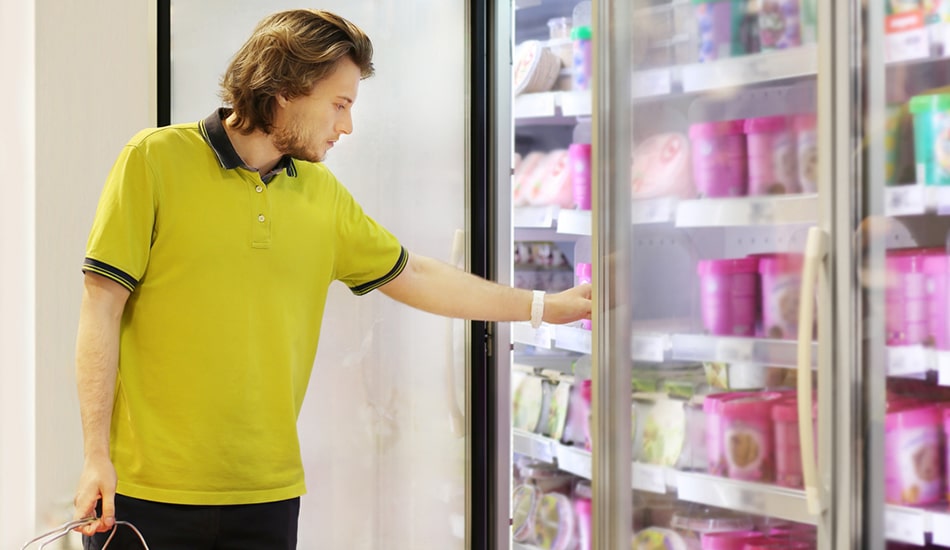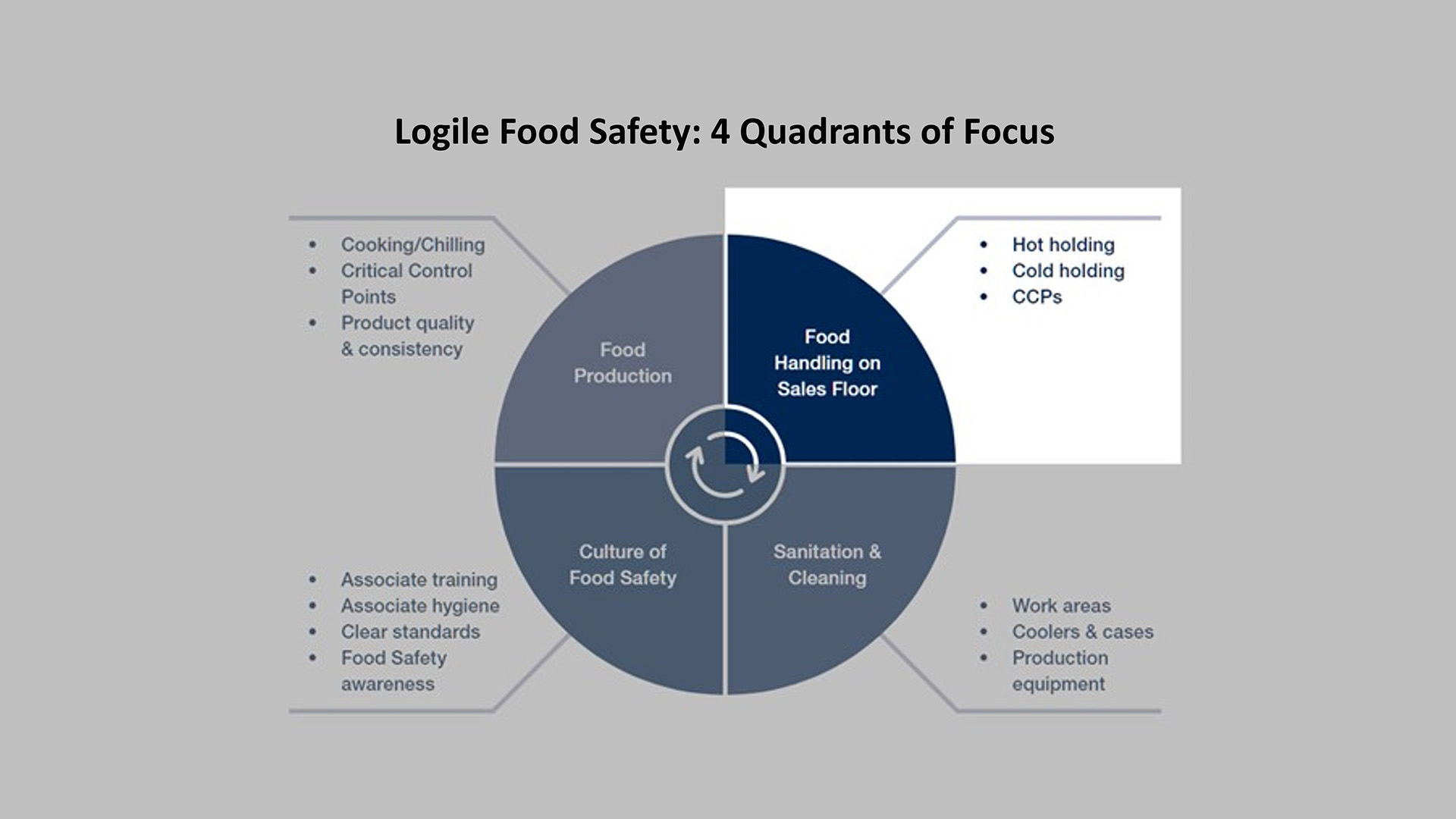Food to Go remains a popular option for global retailers, and when implemented effectively, it can provide a sustained competitive advantage and attract more customers. However, many leading retailers still lack efficient methods to consistently monitor the temperatures of both hot and cold food items. This post identifies associated risks of not using advanced technology in temperature monitoring and introduces solutions that address these challenges while delivering a quick return on investment and improving profit.
We will cover how innovative food thermal solutions directly and positively impact the following key areas:
- Compliancy
- Manual probing
- Customers’ wellbeing
- Food quality
- Food waste
- Sustainability
- Energy efficiency
- Taxation
- Insurance
- Best practice
Compliancy
Most food thermal technologies do not directly measure the temperature of the food itself. Instead, they measure the air surrounding the food, which can fluctuate for various reasons during the serving period. Factors such as frequent opening of refrigerator or cabinet doors, or accidental failure to close them, can cause traditional devices to provide inaccurate readings. This can lead to misleading temperature indications that may exceed or fall below legally compliant levels, resulting in the need to discard food items. Solutions that leverage thermal inertia gel work differently by simulating the properties of the food itself, including its specific viscosity. This unique approach is less affected by ambient temperature changes and provides accurate temperature readings compared to infrequent manual probing.
Manual probing
Traditionally, manual probing has been used to monitor food temperatures, which has always been a labor-intensive challenge for many retailers. It also represents a cross-contamination risk if probes are not thoroughly sanitized between uses. Reports indicate that a standard store spends approximately two hours per week, and sometimes even more, probing food items. When considering the overall annual impact across businesses with hundreds of stores, these costs alone can approach hundreds of thousands per annum.
Customers’ wellbeing
Innovative thermal inertia technology differs from traditional hard-wired sensors that only provide a single measurement of air temperature near the heating or cooling element of the hot or cold holding asset. Thermal inertia wireless sensors can be installed at the product level throughout an asset, enabling food retailers to thoroughly monitor temperatures where food is located and most vulnerable to compromised safety or quality.
Continuous temperature monitoring technology also helps mitigate risks before they arise. With infrequent probing, up to every four hours, there is a significant period for temperatures to deviate from the required range for ensuring safety and quality. Customers’ wellbeing should be a top priority for any organization, and continuous temperature measurement safeguards against potential risks, providing accurate, reliable and auditable data to ensure compliance with food safety regulations.
Food quality
Inaccurate and infrequent food probing can also adversely impact food quality. By using real-time continuous temperature sensor technology, anomalies such as excessively high temperatures in hot holding can be promptly detected, allowing immediate preventative measures to maintain food quality. Food quality plays a crucial role in delivering positive word-of-mouth and attracting repeat customers, making it an invaluable form of return on investment.
Food waste
Poor quality control and limited access to real-time data can also result in shrinkage, contributing to significant costs associated with food waste. As we approach 2030 and the fulfillment of the United Nations’ (UN’s) Sustainable Development Goals, adopting best practices to minimize waste becomes more critical than ever. Thermal inertia technology uniquely provides immediate insights into any issues that may compromise food quality or safety, minimizing the impact of infrequent manual probing on food wastage. Even a small reduction in food wastage can have a considerable positive impact on profits.
Sustainability
Furthermore, adopting practices that closely monitor and minimize waste make retailers more sustainable as organizations. In an era of conscious consumerism, prioritizing sustainability enhances a brand’s reputation and fosters customer loyalty. Although sustainability is an intangible form of return on investment that is difficult to quantify, it is widely agreed that a supplier that takes actions to maximize sustainability is more desirable than one that does not.
Energy efficiency
Sustainability can manifest in various ways, and sophisticated food safety technology can help enhance an organization’s energy efficiency. Solutions that provide real-time continuous temperature readings enable precise monitoring of hot holding temperatures. This information has shown that hot holding assets may not need to be activated as early as usual before service begins. Continuous monitoring also allows alerts to be generated if a hot holding asset is left on after hours, thereby saving energy and mitigating a safety risk. Moreover, access to a history of real-time temperature checks allows for informed adjustments to the thermostat settings of hot holding cabinets or refrigerators without compromising food safety or quality. Retailers using these capabilities become more adept at optimizing energy usage. Given the escalating cost of energy, even a minor improvement in electricity consumption can lead to significant overall cost reduction.
Taxation
Returning to the UN’s Sustainable Development Goals and the reduction of food waste, many countries have implemented taxation on wasted food. While this practice is not yet universal, it is widely perceived that it may soon become a global initiative. It is prudent to adopt best practices now to minimize waste and safeguard businesses from potential legislative changes in this regard.
Insurance
Another area where significant cost reduction can be achieved is in assessing commercial insurance policies and their levels of liability and resulting premiums. When a consumer reports cases of food poisoning against an insured party, the costs can increase substantially. Conversely, the presence of comprehensive food safety technology and processes can lead to lower insurance costs if evidence is provided to the insurer. Implementing market-leading technology reduces the risk of prosecution and enhances favorability in the eyes of insurers.
Best practice
The best food safety technology mitigates all the identified risks mentioned above, delivering immediate results. This enables adherence to best practices and generates a digital trail of data confirming the effectiveness of all preventive measures in place.
In conclusion, any failure to address these risks can result in irreversible damage to a brand and loss of customers. Leading thermal technology provides indisputable measurements and data to facilitate delivery of the safest and highest-quality food products, promoting competitive advantage and customer confidence.
Content contributed by:
Stephen Bevan, Business Development
Frank Reynolds, Sales




